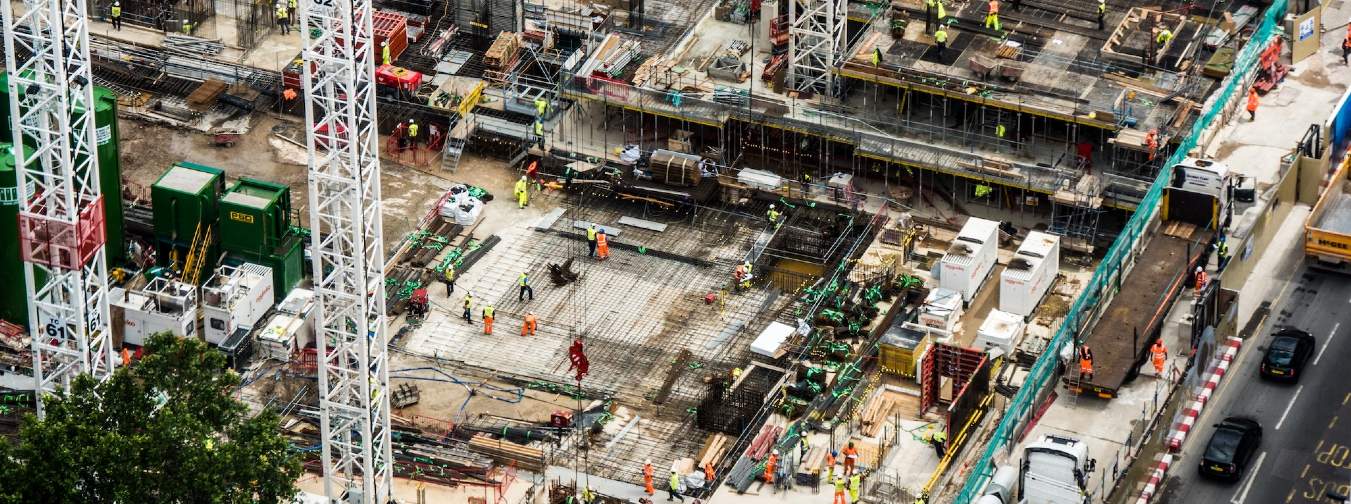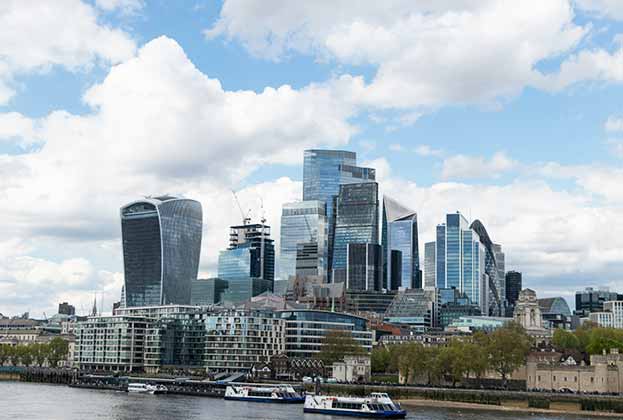The last year has been slow in market terms, and while it is by no means back to the heady days of early 2020, it feels very different from the emergence from a 'typical’ recessionary period. Yes, there’s been a ‘flight to quality’, but without the background of distress and with occupier requirements being tested more by potential changes in working practice rather than direct economic pressure.
By the end of Q1 2021 10 deals had exchanged, equating to £377.8 million. While this is 60 per cent down on Q1 2020 when 15 deals, totalling £960.2 million, exchanged, it’s only 3 per cent down on Q1 2019 and up in terms of deal number (there were only eight in Q1 2019). Recent highlights include the sale of 124 Theobalds Road by ESAS for £70.5 million to a Saudi Arabian private investor. Scratching beneath the surface shows a relatively limited number of ground up projects of scale, but nevertheless the liquidity and renewed appetite for exposure to London offices is encouraging.
The prospects for the rest of 2021 look promising, as the upward trajectory of occupier confidence continues post lockdown. We are currently tracking approximately £1.4 billion of stock available across central London, with a further £795 million or so under offer. This doesn’t include the sale of the London Stock Exchange site, EC2, which went under offer in Q2 to a consortium between Dutch developer EDGE and Japanese investor Mitsui Fudosan for about £150 million.
Unsurprisingly given travel restrictions, the vast majority of buyers are domestic and European, or overseas investors with an established London presence. However, this is a normal function of the nature and risk profile of London commercial development compared to other sectors of the property market. So while the inability of most overseas investors to get to London has definitely not helped the market, neither has it caused any discernible shift in transactions or pricing.
But why the positivity when the last year has led some to question the fundamental future of cities, especially the viability of large office developments?
Put simply there is a consistent view among investors that London offices have a solid future: while working patterns will change, the initial fear that no one would want to return to the office has dissipated as work from home fatigue has set in, and occupiers and employees alike have begun to appreciate the benefits a good office working environment offers. It’s now more a question of when rather than if occupier activity returns to pre-pandemic levels – and not just within the property market echo chamber.
Aside from the occupier story though, there are some pricing headwinds with construction cost inflation starting to creep in and continued frustrations with London’s planning system. At the moment there is programme risk around the legitimacy of virtual planning committees, for example, as we transition back to normal.
So despite positivity, investors remain picky about the office developments they buy. The market mirrors occupier trends from over the last 12 months, which have largely followed a flight to quality strategy. Investors generally want the best of the best developments featuring strong connectivity, occupier resilience, with the potential for the highest ESG, amenity and well-being credentials, or where there is a prospective life sciences story – a particularly hot topic at the moment.
However, while supply constraints remain, with limited distress and some landowners choosing to delay for an assumed tipping point following full reopening, competition for suitable opportunities is strong.





.jpg)

.jpg)


